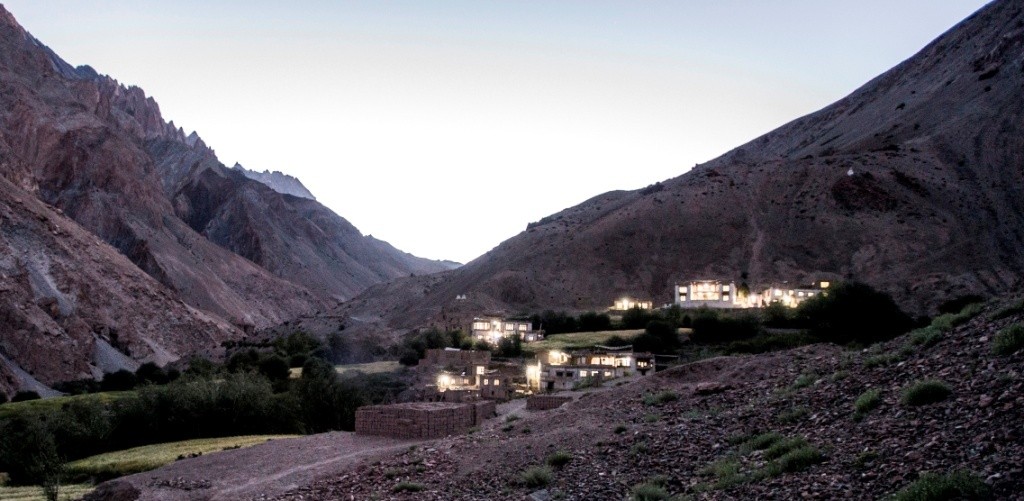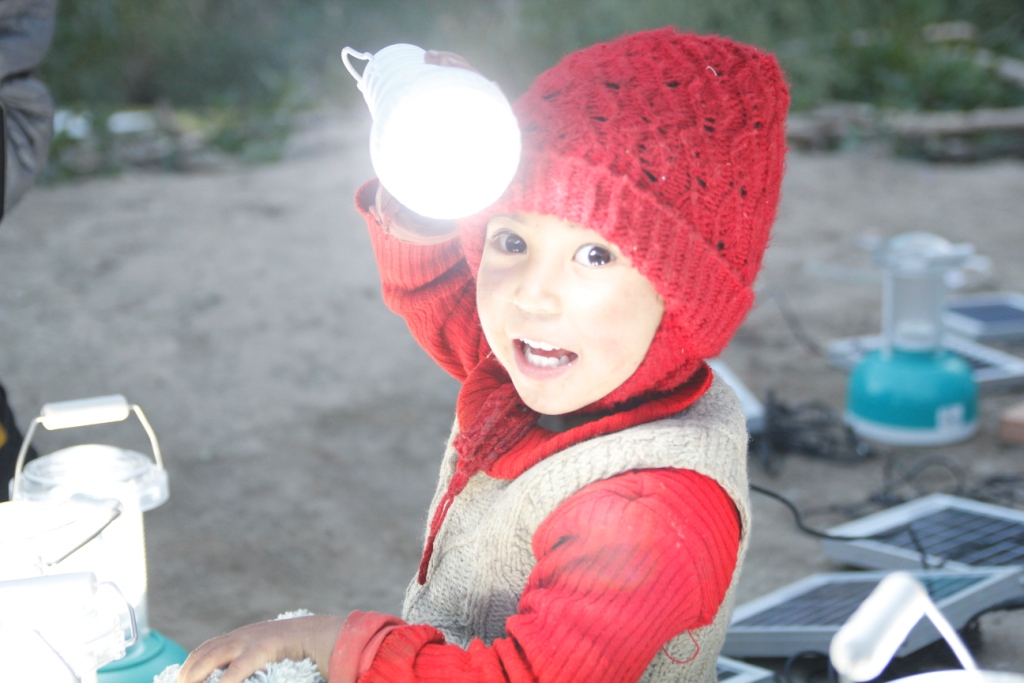
When I joined P&G after graduating from IIT, the first two years of job life just went by doing nothing but office work. The day began with office and ended with office. I realised that I wasn’t really adding any value to myself beyond office work. That’s when I met some brilliant individuals like Sir Robert Swan (first person to walk to the North and South Poles), the Cycle for Water team (these guys took a sabbatical from KPMG and cycled for two years from the North Pole to the South Pole to raise awareness for drinking water) and Paras, perhaps the first person I met to go to Antarctica and who left his job to start the Global Himalayan Expedition (it is the first of its kind social impact initiative in India, which combines development initiatives including setup of sustainable infrastructures with a focus on providing clean energy, education and leadership, while leveraging adventure tourism as means to create positive social impact communities).
I am an adventure seeker, and my love for mountains made me get involved with Paras on the Global Himalayan Expedition as a team leader. Our team has two things in common – a love for the snow-clad peaks of the Himalayas and a desire to give back to communities in the remotest parts of India. These communities do not have access to basic needs such as electricity and education. What makes it difficult is the geographic disconnect of these communities from the rest of the world.
Our team has two things in common – a love for the snow-clad peaks of the Himalayas and a desire to give back to communities in the remotest parts of India.
So in August 2013, we started our intervention on the education field and established the Third Pole Education Base (E-Base) in Leh, Ladakh at 12,000ft. It is a 100% solar-powered digital education facility, made up of sustainable building materials such as rock, clay, paper and husk, and hosts a mini library, tablets, internet and various other experiential learning tools.
I am very happy to see that now 500 students of Leh are using the E-Base as part of their curriculum, focusing on sustainable solutions around clean energy, waste management, water conservation, biodiversity and local Ladakhi culture and traditions. We have a very strong Third Pole Fellowship program where we get a Fellow for 3 months located at the E-Base, working on developing a standard curriculum. The E-Base is also being used to facilitate cross-geographic learning by exchanging ideas on climate change with Ashley School, UK (winner of 2009 Ashden Sustainability Award). As part of our interventions, we did a career counselling workshop for all students to provide them direction on career options to explore.
We have also set up the first ever robotics lab and a solar lab in Leh, to further enhance the learning of the students. The idea is to provide education very specific to the needs of the local community. These students come from remote villages without electricity, so they can come to the E-Base and learn in the solar lab, how to practically convert sunlight into electricity. This knowledge would empower the students to build their own solar grids one day and bring their villages out of darkness. The possibilities are endless.
Their spontaneous joy and dance made for a truly magical moment. The villagers started dancing and singing Ladakhi songs and had tears of happiness in their eyes. That night we slept with the lights on; the villagers just refused to switch off the lights.
Carrying forward the focus of our interventions, in August 2014 we went a step further having set our eyes on the electrification of a remote village located at 14,000ft in Zanskar Valley (Ladakh). Sumda Chenmo, a 1000 year old village, never had access to electricity. The village households have been surviving on kerosene fuel for decades to fulfil their lighting and energy needs.
We trekked for 3 days carrying solar panels, batteries and wire bundles to reach the village. On the way to the village, we scaled the Himalayas—crossing over passes at 16,000 feet, narrow trails, and river streams. At night, we slept in the wilderness under the Milky Way; it was a magical experience.
Upon reaching the village, the team wired up all the houses in the village, dug holes in the ground to plant electric poles, fixed 121 LED bulbs, a DC LED TV and installed 3 sets of 320W Solar DC micro-grids. We setup the grid in a single day, illuminating an ancient heritage with the latest in technology. This was the first such installation by a group in the Himalayas and the first for the villagers to witness electricity, which they have been devoid of since decades.

Something so basic to us – you enter a room, you flick on a switch, and the light comes on–had never been experienced by these villagers. Their spontaneous joy and dance made for a truly magical moment. The villagers started dancing and singing Ladakhi songs and had tears of happiness in their eyes. That night we slept with the lights on; the villagers just refused to switch off the lights.
This April, when we went back to the village of Sumda Chenmo, we could see the following benefits of the work our team had done:
- An increase in income generation through home stay (with participation of 80% households) of Rs 200,000 per annum for all the 10 households of the village
- Reduction in CO2 emissions from 1600 litres of kerosene
- Eliminating almost 4000 kg of CO2 emissions from the village
- Extending the work hours for village artisans by 4 hours/day by using electricity post dusk
- Updates through DC LED television provided at village community centre
- Improved weaver and artisan community
- Increase in homestay promoted by clean and hygienic houses in the village
I have taken a sabbatical for 3 months from P&G and we are electrifying 10 villages in the  Ladakh region and 2 in Nepal that were affected by the earthquake. As I write this, we have electrified one remote village in Ladakh, and the villagers could not believe what they saw. It was a very heart-touching moment when we switched on the light. They covered the batteries in yak wool, like they do for their kids, and put a khatak (traditional cloth used to greet people) on the switchboard.
Ladakh region and 2 in Nepal that were affected by the earthquake. As I write this, we have electrified one remote village in Ladakh, and the villagers could not believe what they saw. It was a very heart-touching moment when we switched on the light. They covered the batteries in yak wool, like they do for their kids, and put a khatak (traditional cloth used to greet people) on the switchboard.
There is a Tibetan saying that goes something like this: the highest art is the art of living an ordinary life in an extraordinary manner. Living in a world of luxuries, our key takeaway was to move a step closer to self-realisation, learning from the remote communities who manage to stay happy even without the basic amenities.
For me, the tears of happiness on the face of the oldest villager when she saw her house lit up in the darkness for the first time in her life was a moment that continues to inspire me to put in all the extra effort.